The Sardis Synagogue– Perhaps the Largest in Antiquity 2025-06-17T10:16:02-04:00 Ben Witherington
The word audacious comes to mind when examining the synagogue at Sardis. Compared for instance to the synagogue at Migdal or the one at Sepphoris, this one is both big and bold, and lavish. It displays the wealth of the Jewish community in Sardis. This is the only synagogue I know of with two places for storing scrolls— two arks! Perhaps one for the Torah and one for the Prophets scrolls?
And then there are the elaborate floor and wall decorations…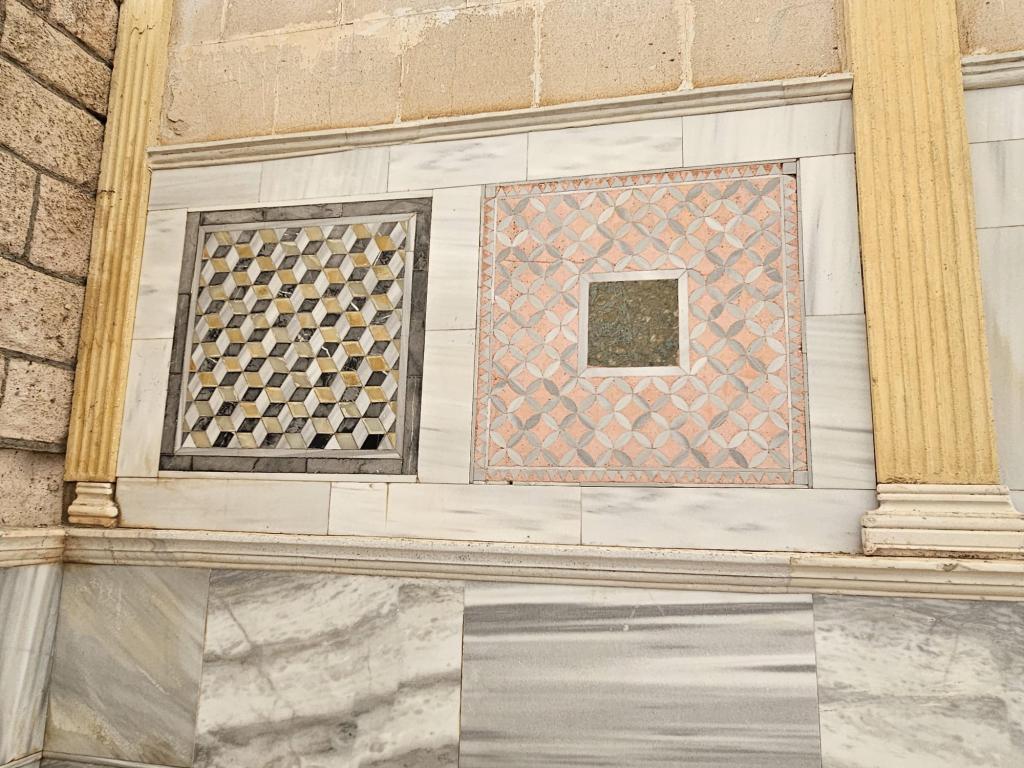
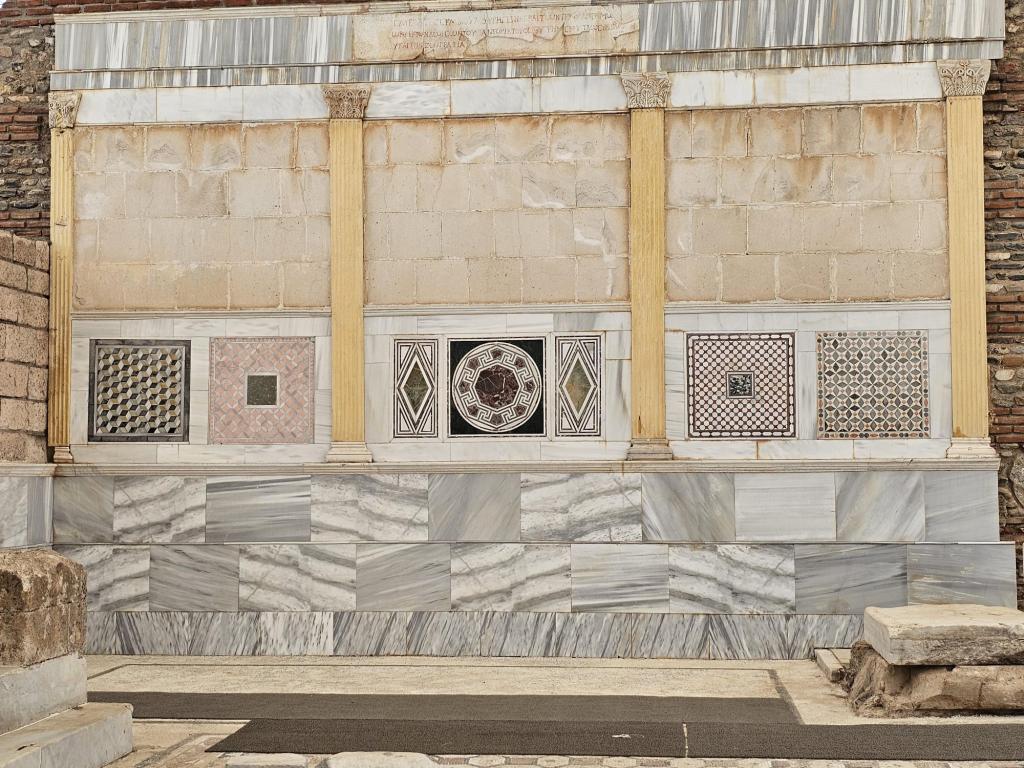
The altar is impressive as well
There is even a narthex or forecourt perhaps where the Gentiles and God-fearers could stand and hear the service. See the second picture above.
What is especially audacious about this synagogue is its locale, right next to the giant gymnasium where men ran around in the nude exercising. It reflects a Jewish community fully Hellenized and integrated into the larger society of Sardis. The letter to the church in Sardis suggests that the church as well had become too Hellenized, had soiled their clothes by compromises with the cultural milieu, and were in danger of being spiritually dead. The letter in Rev. 3 says:
“I know your deeds; you have a reputation of being alive, but you are dead. 2 Wake up! Strengthen what remains and is about to die, for I have found your deeds unfinished in the sight of my God. 3 Remember, therefore, what you have received and heard; hold it fast, and repent. But if you do not wake up, I will come like a thief, and you will not know at what time I will come to you.
4 Yet you have a few people in Sardis who have not soiled their clothes. They will walk with me, dressed in white, for they are worthy. 5 The one who is victorious will, like them, be dressed in white. I will never blot out the name of that person from the book of life, but will acknowledge that name before my Father and his angels.”
This suggests far too many Christians had made far too serious a compromise with the culture, but if so, they were not the only ones. Jews had already gone that route as well. One further note. The evidence suggests that apart from certain key verses from Torah, the form of the OT used in a synagogue like this was a Greek translation. Not many Diaspora Jews in Sardis were likely to know the Hebrew texts extensively. Notice as well when James writes to Jewish Christians in the Diaspora, he writes to them in Greek.

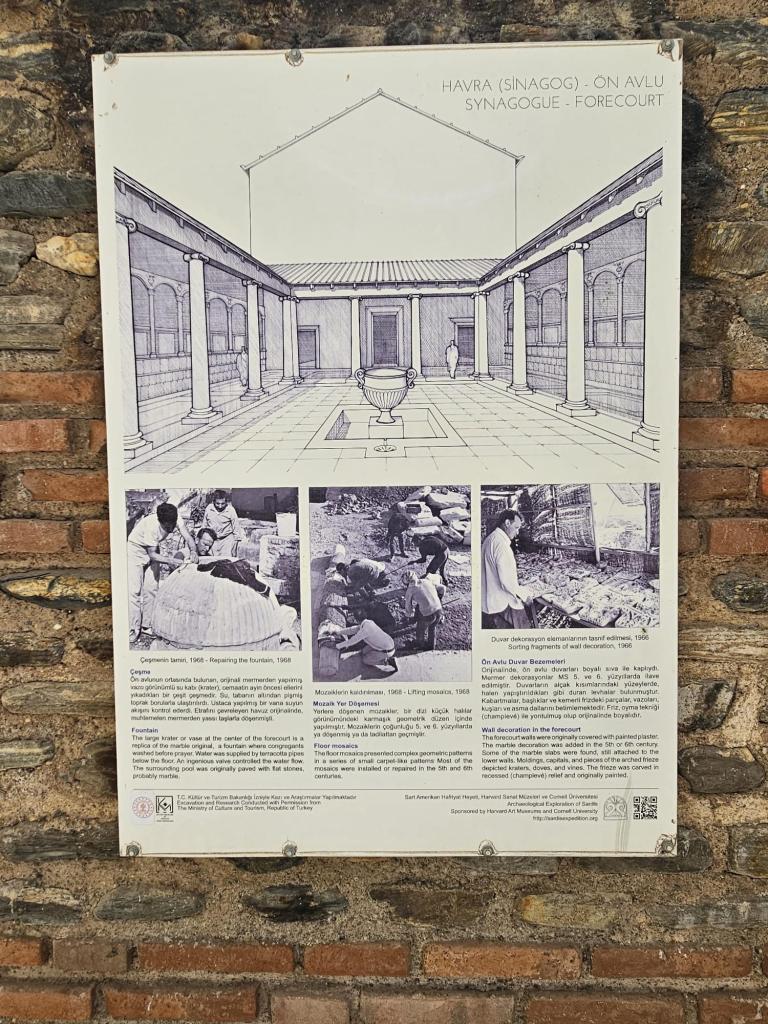
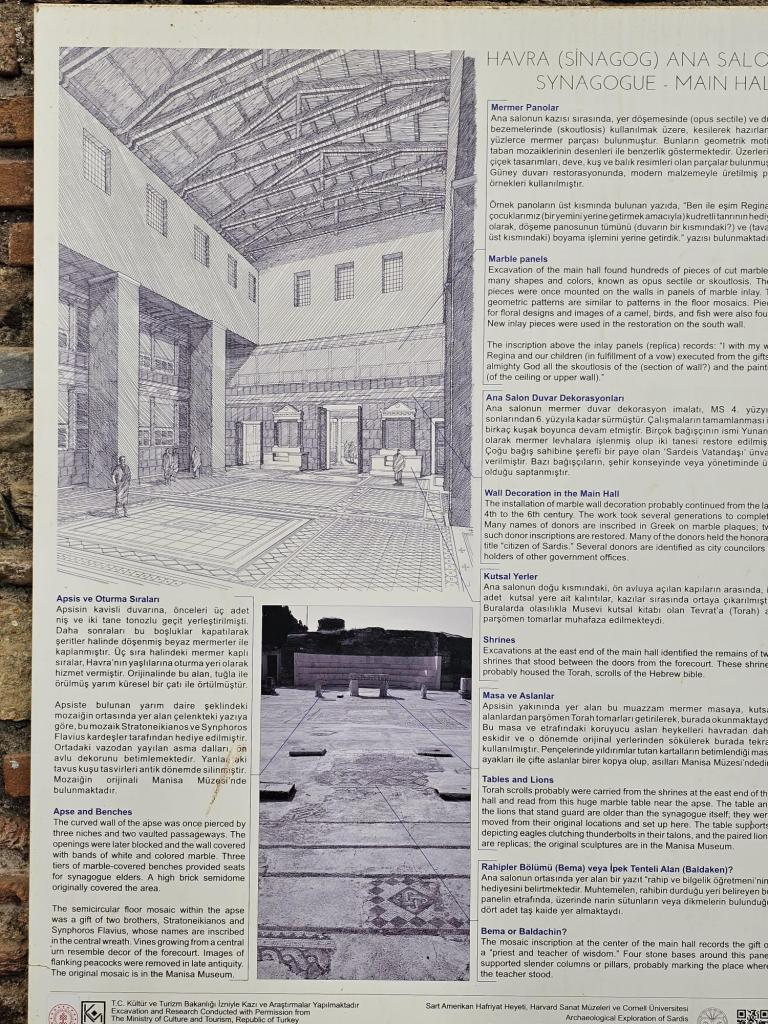
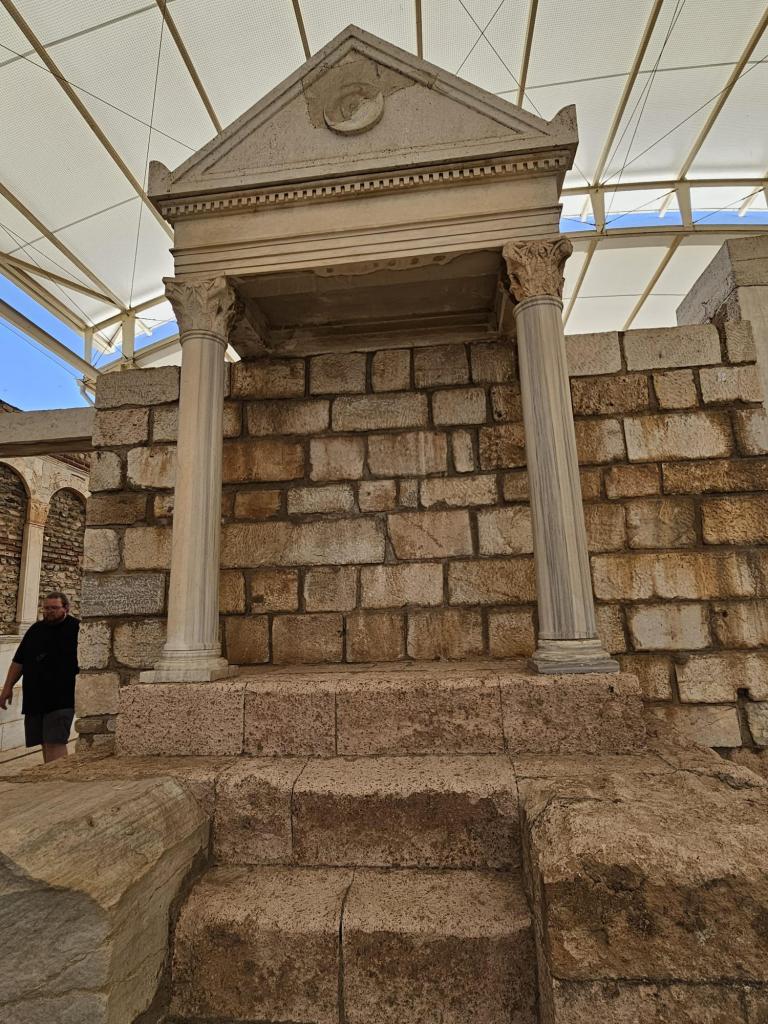
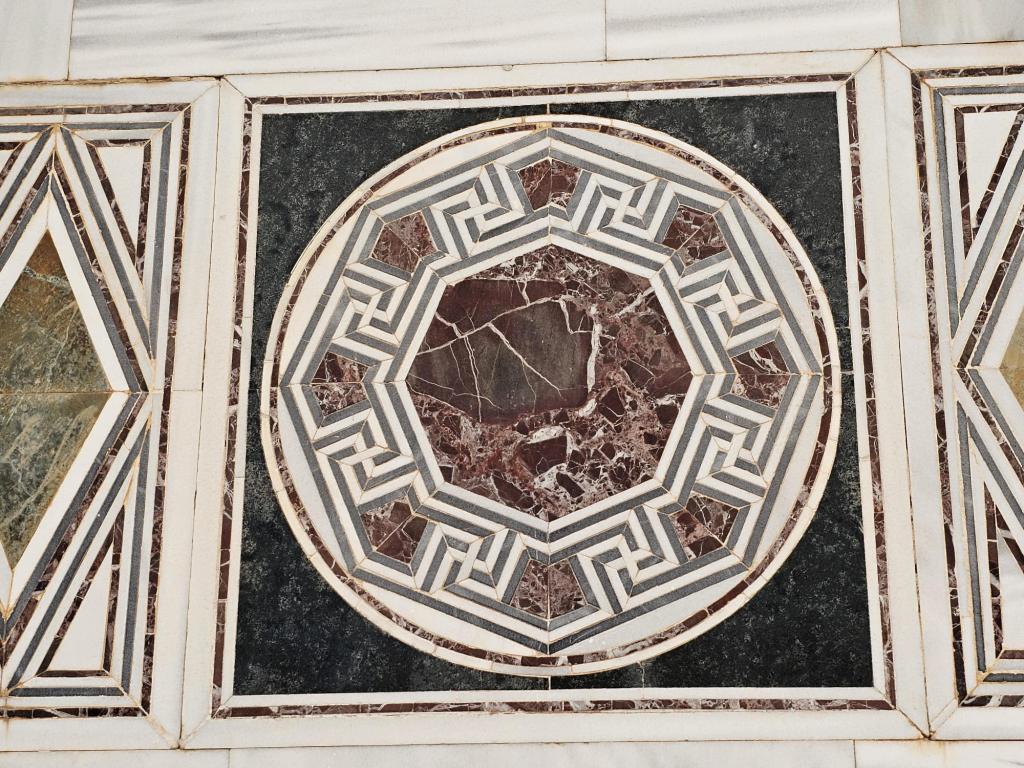
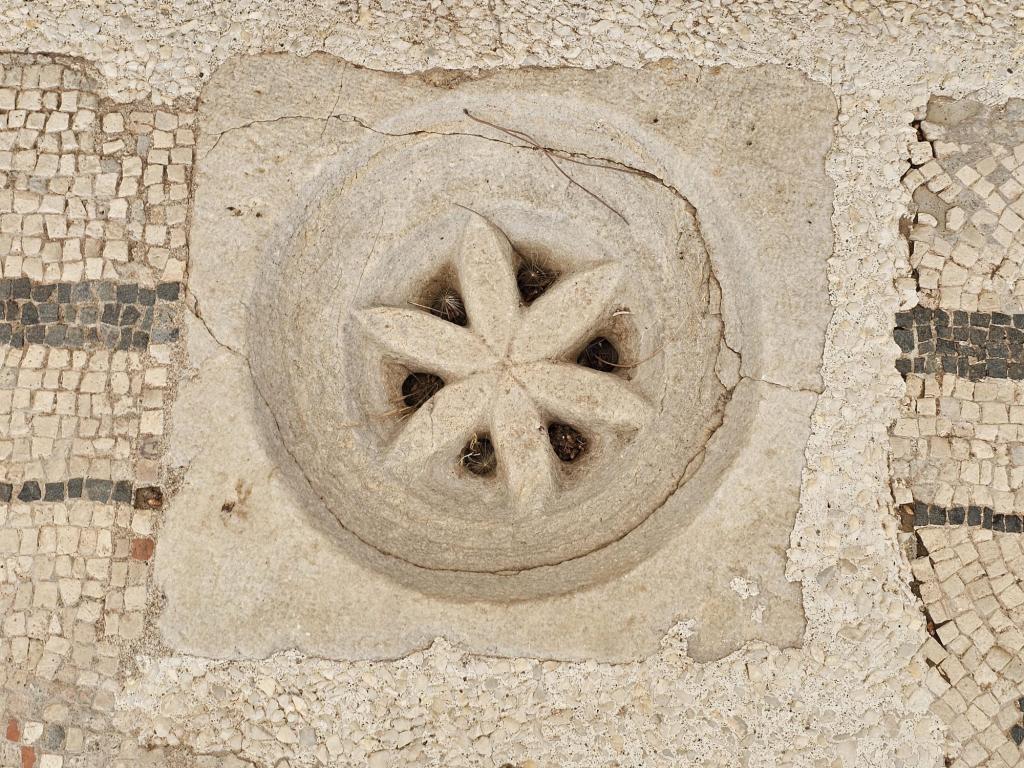
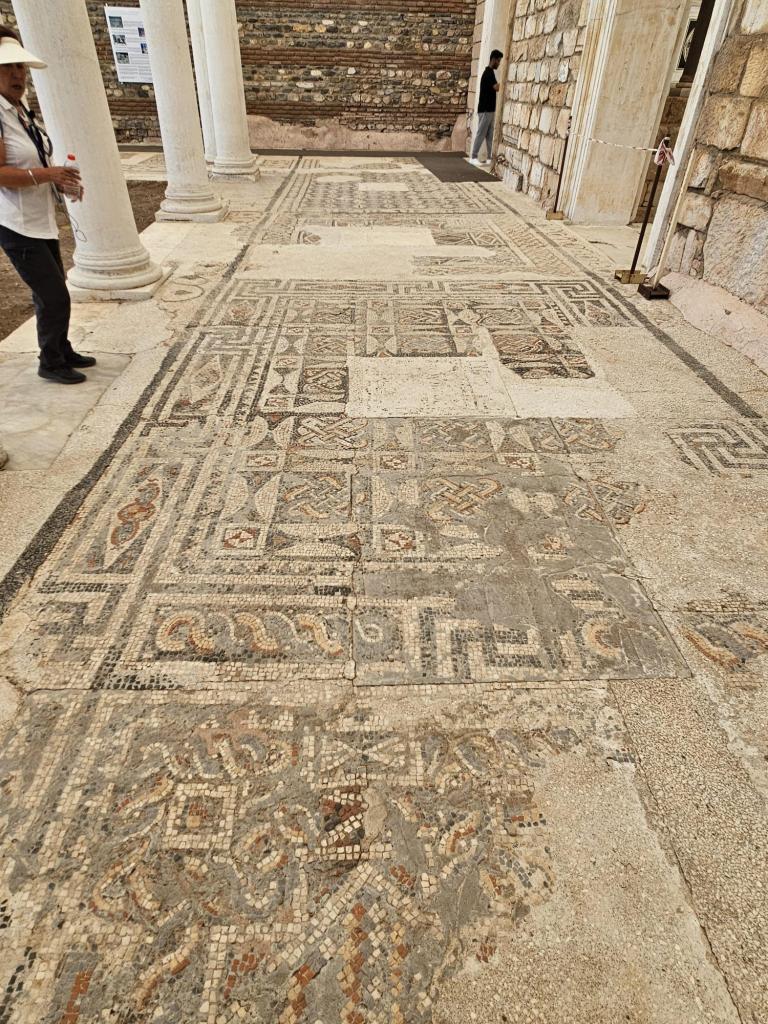
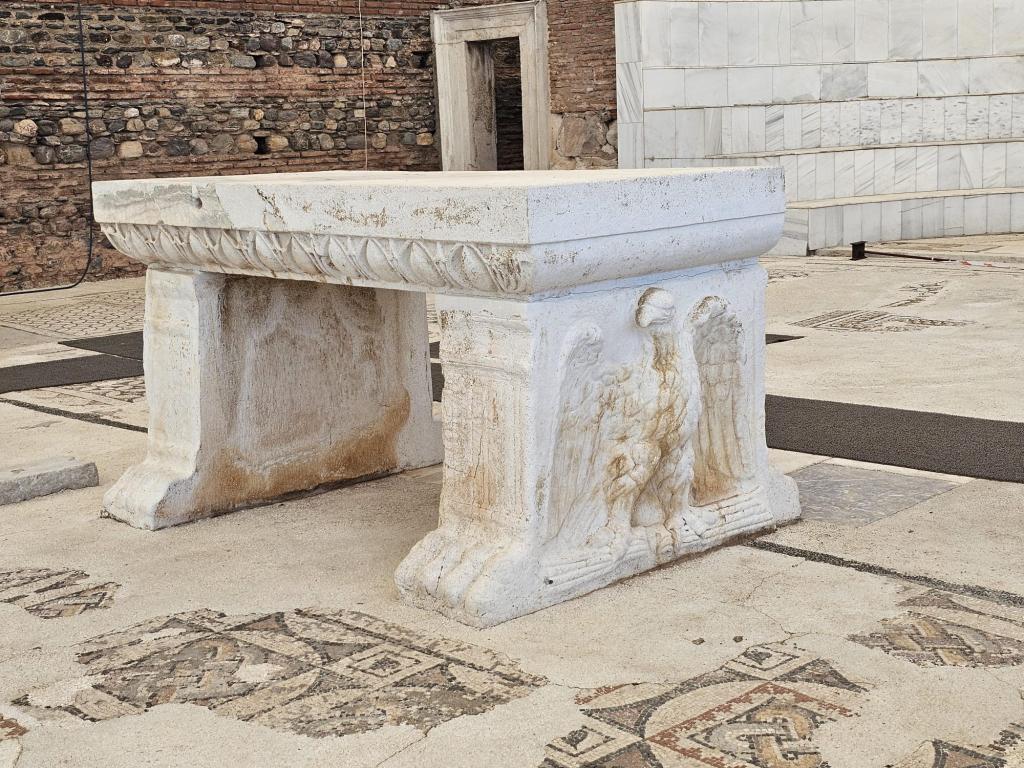
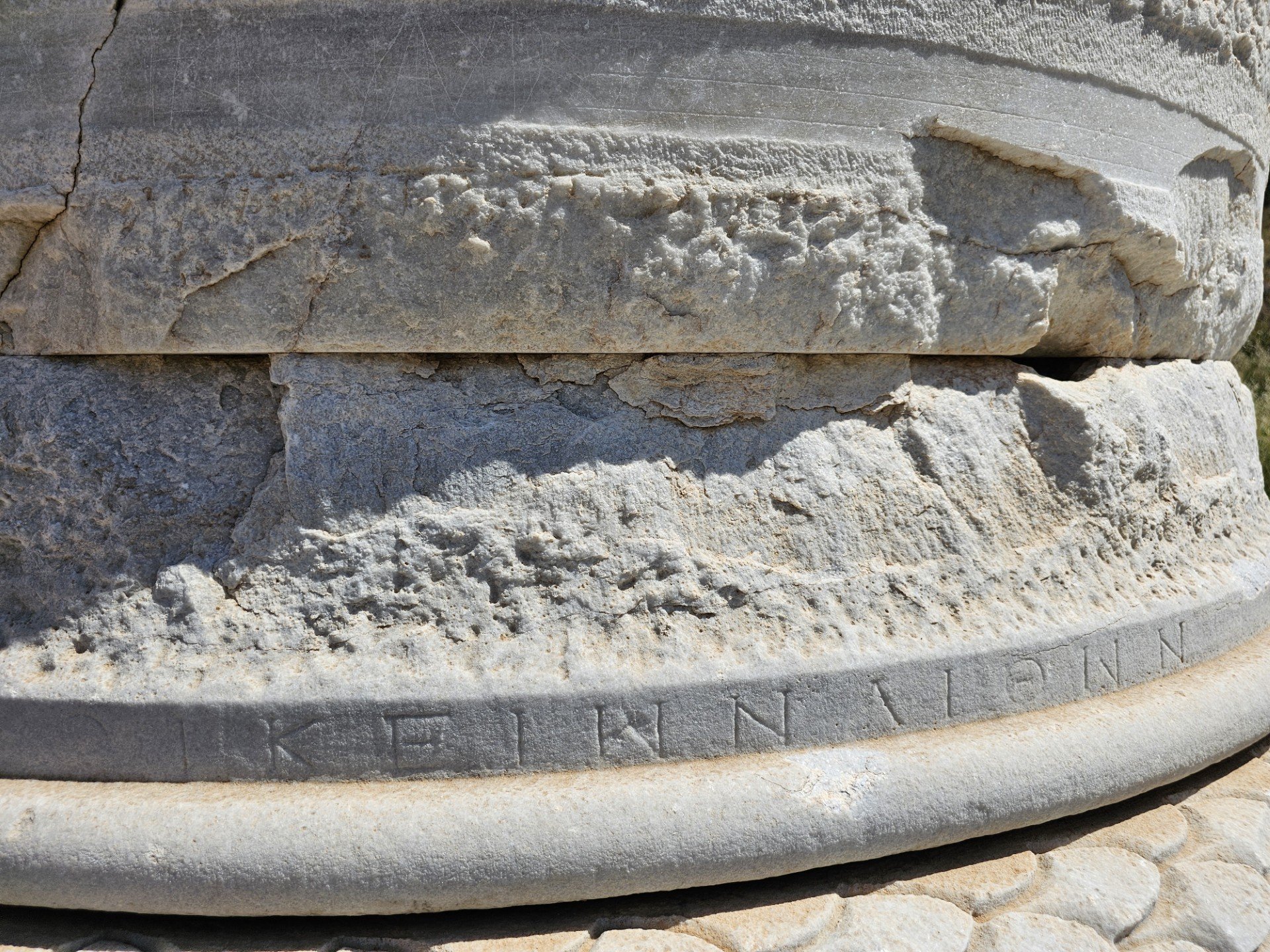



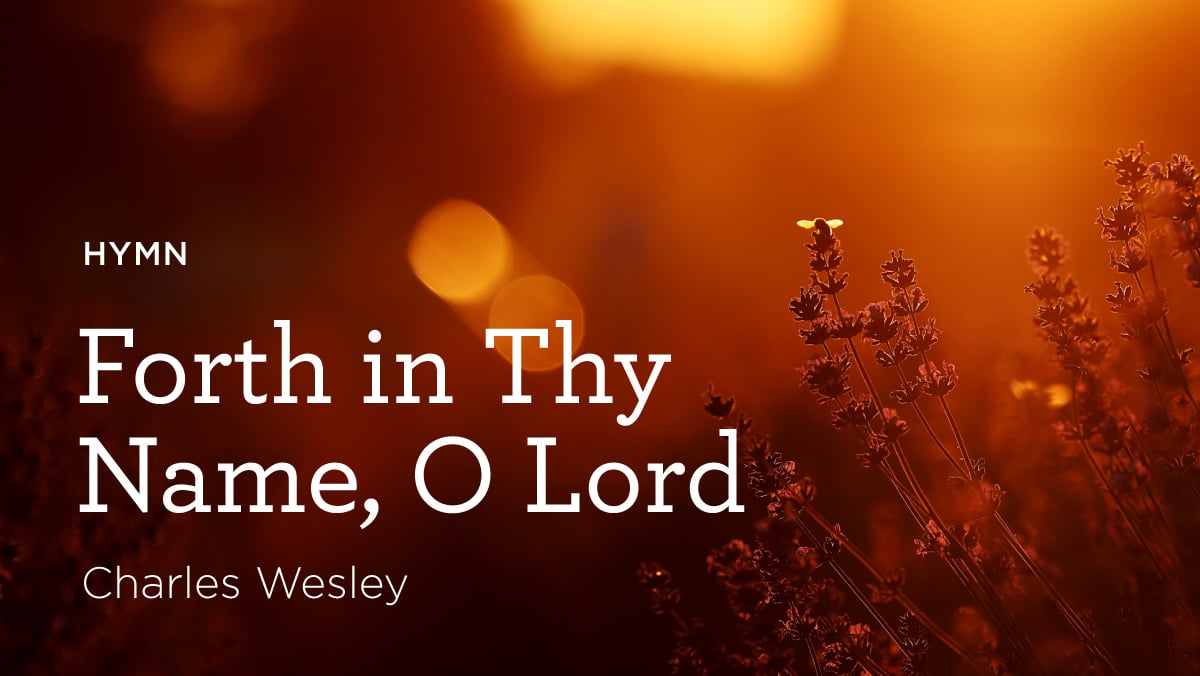





 English (US) ·
English (US) ·